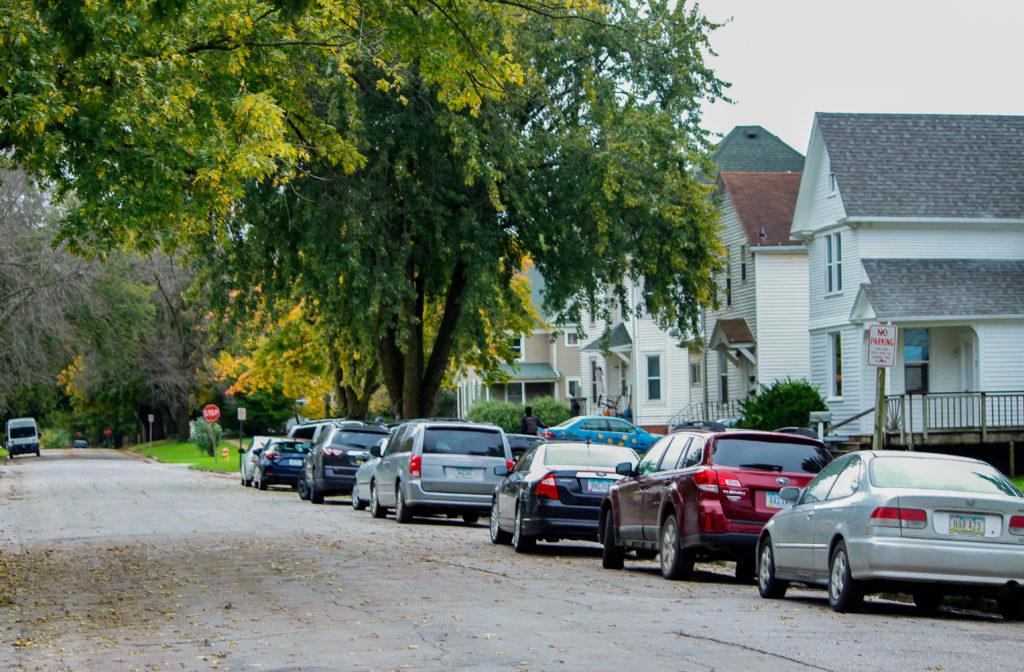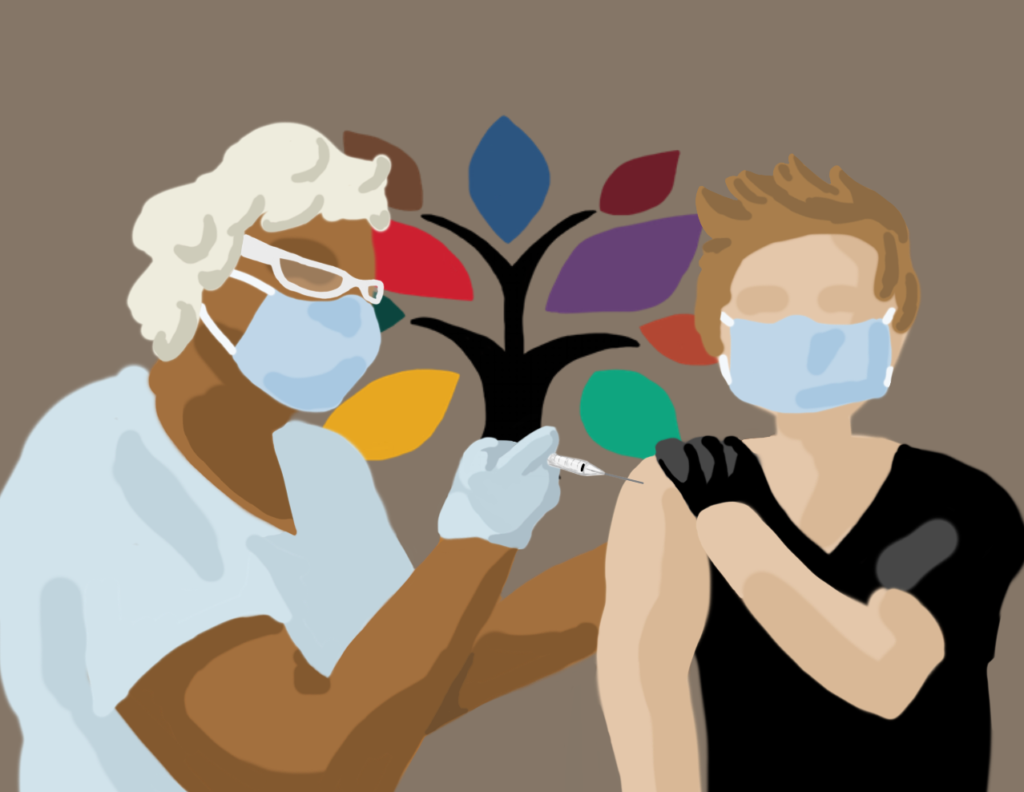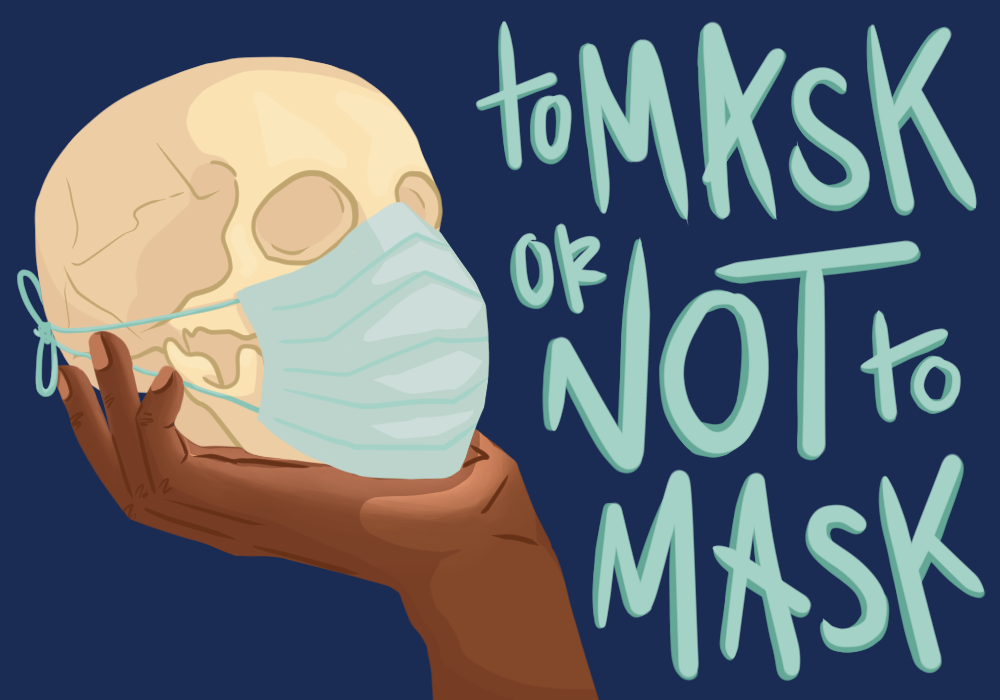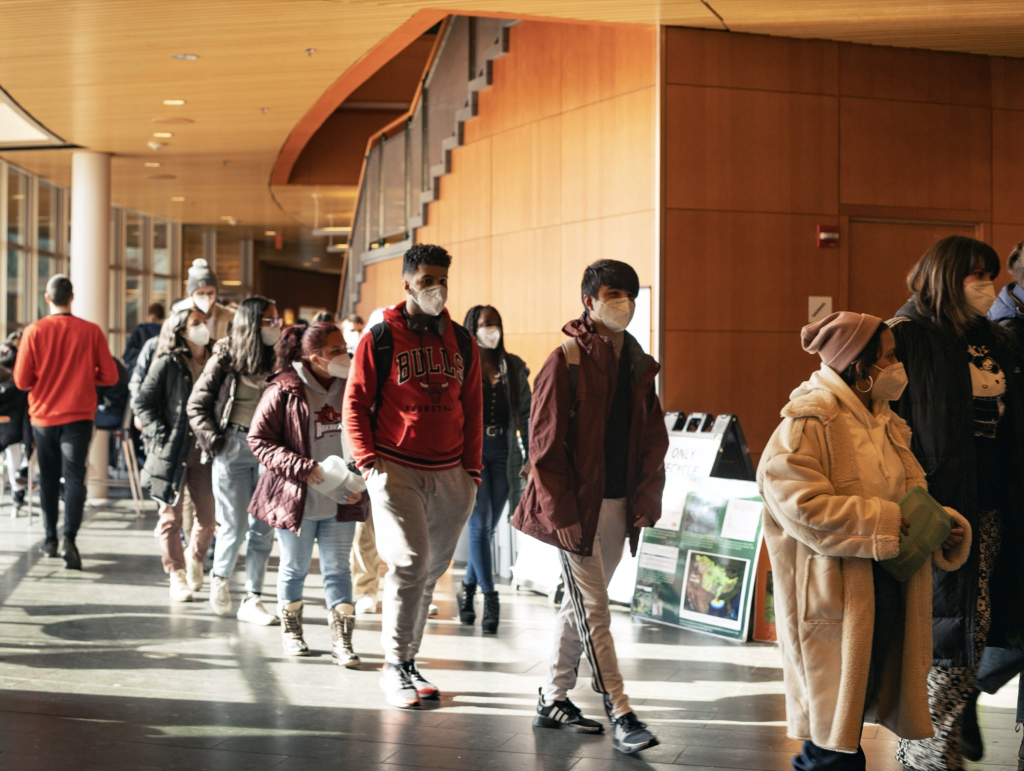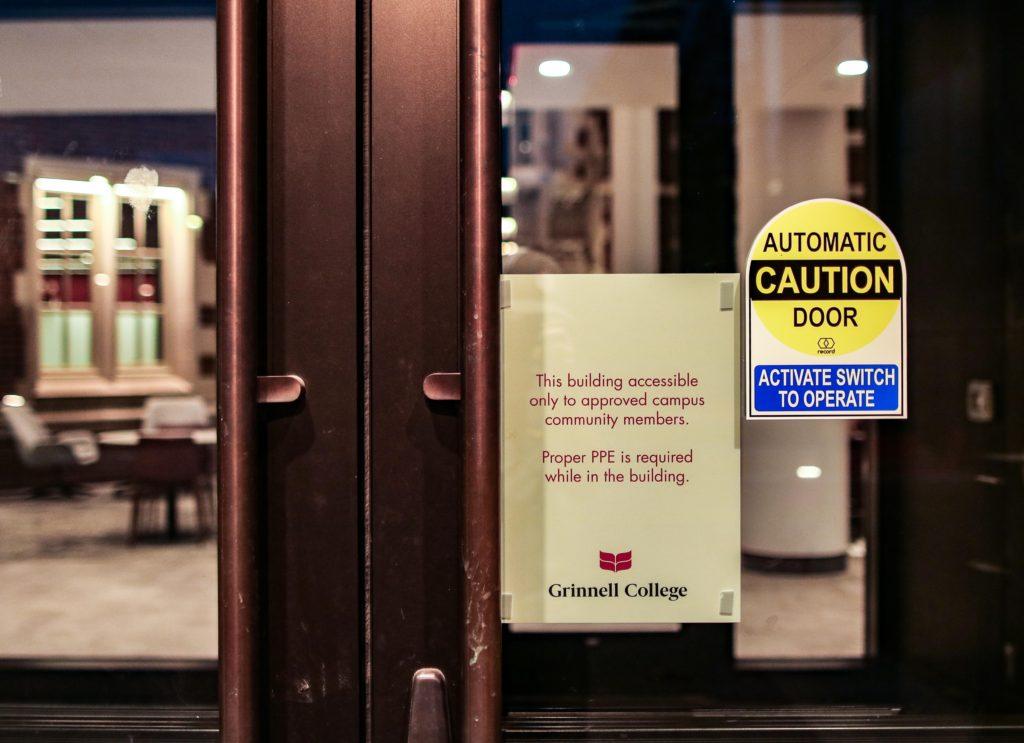June 1 leases have taken effect and Grinnell College students are moving into off-campus residences this week, navigating COVID-19 risks and precautions along the way. As the College community awaits news about the plan for the fall 2020 semester, off-campus students are already wrestling with social distancing and other concerns while adjusting to life in Grinnell during a pandemic.
Approximately 200 students were granted permission to live off-campus for the coming academic year, according to Dean of Students Ben Newhouse. Most of those students signed leases for their new residences before the campus shut down in mid-March. Currently, there are around 60 members in the “Summer in Grinnell 2020” group on Facebook.
The new influx of off-campus students means many are traveling from other cities and towns in the U.S. and around the world, potentially bringing the novel coronavirus with them. To mitigate the COVID-19 travel risks, Dean for Health and Wellness Terry Mason recommended students coming from different parts of the U.S. or other countries stay distant from other travelers, wear a mask, practice vigilant hygiene during the trip and self-isolate for 14 days on arrival if possible.
Mason urged students living in Grinnell this summer to continue practicing social distancing and other prevention measures. Mason emphasized the importance of wearing a mask when coming into close contact with other people. Mask-wearing is so crucial, he said, because 30 to 40 percent of people with COVID-19 are asymptomatic or presymptomatic and may feel fine at the time they are interacting with others.
Deb Shill, director of student health services, said she had not participated in any administrative conversations about off-campus move-ins. She reiterated Mason’s recommendations.
For reminders about social distancing guidelines and handwashing hygiene, Mason and Shill directed students towards the College’s Weekly Campus Memos and on the COVID-19: Meeting the Challenge webpage, as well as information from the Iowa Department of Public Health (IDPH). They also urged students to call or email College faculty and staff, particularly Student Health and Wellness (SHAW) with any questions or concerns they may have. Students should call SHAW if they are experiencing COVID-19 symptoms, which include dry cough, fever, headache, fatigue and shortness of breath, Mason said.
In practice, social distancing and COVID-19 precautions are more complex than simply abiding by College and city health recommendations. After three months of anxiety-ridden isolation, public health experts are warning of “quarantine fatigue”. Official College health guidelines are often tailored to the stricter isolation measures of March and April. The May 27 Campus Memo recommended students “curtail direct contact” with others outside their homes and avoid “gathering in groups.”
As businesses reopen in Iowa, the IDPH has published infographics providing more detailed guidelines about COVID-19 prevention in different settings. For a “summer party”, for example, they suggest using disposable plates, keeping gatherings outdoors, and limiting the number of people in a group.
National Public Radio (NPR) released a breakdown of the relative risks of popular summer activities on March 23 as states begin to reopen. The guide incorporates information from epidemiologists and public health experts to examine the low risk of activities like walking or biking with a friend in contrast to high-risk activities such as eating at a full restaurant or attending a house party.
As students move back to Grinnell, socializing is an essential part of combatting the increased anxiety, depression, loneliness and stress experienced among many students during this time, said Mason. He encouraged students both on- and off-campus to see friends safely while wearing a mask and staying six feet apart.
“If students can set up a place where they are at least six feet apart and wearing a mask, that’s ideal,” he said. He also recommends restricting gatherings to outdoor spaces, as research about COVID-19 suggests that if the virus is spread outside it poses a much lower risk than in enclosed spaces. Mason has been barbecuing and spending time with friends outside while sticking to these rules.
Seth Bartusek ’21 realized the complexity of negotiating social distancing when he moved back to Grinnell this past week. Moving from Chicago to his house on Broad Street, Bartusek said he had been planning to spend as much time as possible in his room and outside to mitigate the risk of spreading the virus asymptomatically. He was surprised at his housemates’ relaxed attitude towards his arrival, considering he had come from a city struggling with higher levels of coronavirus. Some of his own caution fell to the wayside.
“Everybody was so cool with it that I didn’t really feel like I had the place to be a stickler about it,” he said.
Bartusek sensed that other students arriving in the neighborhood this week were “laying low” for a couple of weeks to mitigate risk of transmission, but his concern hasn’t abated.
“I worry that maybe people aren’t really being that thorough. People are wearing masks going to the grocery stores and stuff like that. But it’s not just the grocery stores,” he said. “There’s a lot of other ways [to catch the virus] … I’m a little concerned that Grinnell is so relaxed about it and putting so much trust in the fact that we’re a fairly isolated rural setting, that we just won’t get exposed.”
Avery Lewis ’21, who arrived in Grinnell this week, expressed concern over the lack of masks being worn by Hy-Vee and Walmart customers in Grinnell. By his rough estimate, one in ten people were wearing a mask.
Looking ahead to the rest of the summer, Bartusek expressed optimism about recent research suggesting the risk of COVID-19 infection is reduced dramatically by socializing outside. “I love that, because I would rather be outside than inside, regardless,” said Bartusek. “It would be such a bummer to live in Grinnell but have to isolate from all these people that are around.”
Bartusek admitted his real worry was about off-campus students’ social distancing efforts during the fall semester, as the weather gets colder and socializing outside becomes harder. “It takes just a level of trust in other people that they’re being as careful as you are,” he said.


















































